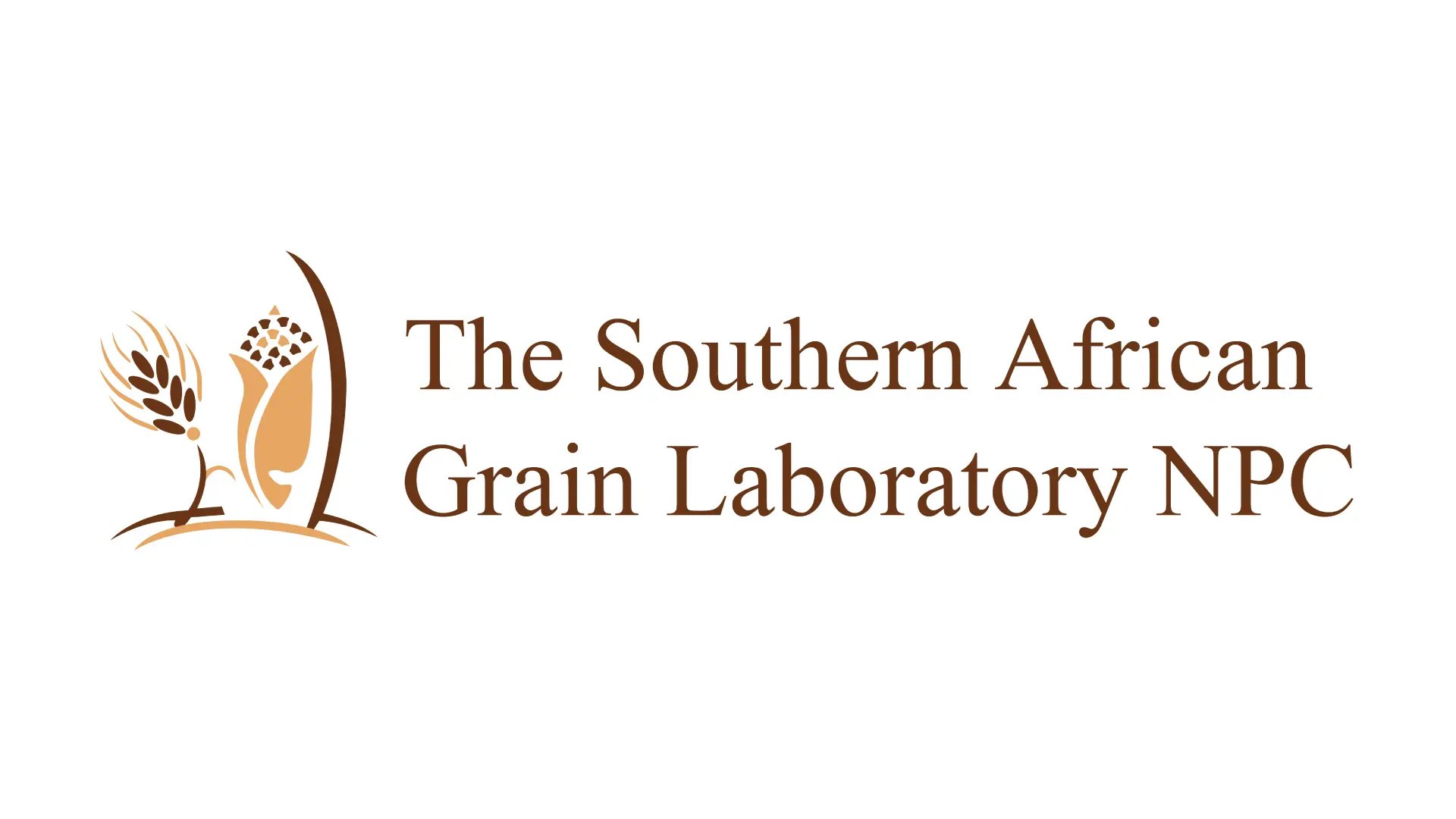The commercial wheat crop of the 2017/18 season was set at 1,535 million tons, which is 375 000 tons (19,6%) lower than the previous season’s crop and also 16% lower than the ten-year production average of 1 826 800 tons (2007/08 to 2016/17 seasons). A total area of 491 600 hectares was utilised for wheat production and the average yield was 3,12 tons per hectare.
The severely drought-stricken Western Cape produced 586 800 tons of wheat this season, contributing 38,2% of the total crop, compared to the 57,5% of the previous season. The Free State’s wheat production (336 000 tons) was the highest of the last five seasons. This figure was also the second-highest nationally. The irrigation areas of the Northern Cape, the third-largest wheat-producing area this season, produced 311 650 tons, 45 650 tons more than last season. The remainder of the wheat was produced mainly in Limpopo with 132 000 tons, representing an increase of 27% compared to the 2016/17 season and North West, where production increased by 20% to 83 700 tons.
The area utilised for wheat production decreased by 3,3% to 491 600 hectares from 508 365 hectares in the previous season. The almost 51% decline in dryland areas planted in the Free State were off-set by a 56% increase in irrigation area planted and a 35% total yield increase. Nationally, dry land area decreased by 9,7% year on year and irrigation area increased by close to 22% year on year.
The yield in the main production areas ranged from 1,80 tons per hectare (t/ha) in the winter rainfall area of the Western Cape to 4,20 t/ha in the Free State (summer rainfall and irrigation) to 8,20 t/ha for irrigation wheat produced in the Northern Cape. The national yield average decreased from 3,76 t/ha in the previous season to 3,12 t/ha. The drought in the Western Cape to 4,20 t/ha in the Free State (summer rainfall and irrigation) to 8,20 t/ha for irrigation wheat produced in the Northern Cape. The national yield average decreased from 3,76 t/ha in the previous season to 3,12 t/ha. The drought in the Western Cape was the main contributor to this decrease in yield. (Figures obtained from the CEC).



